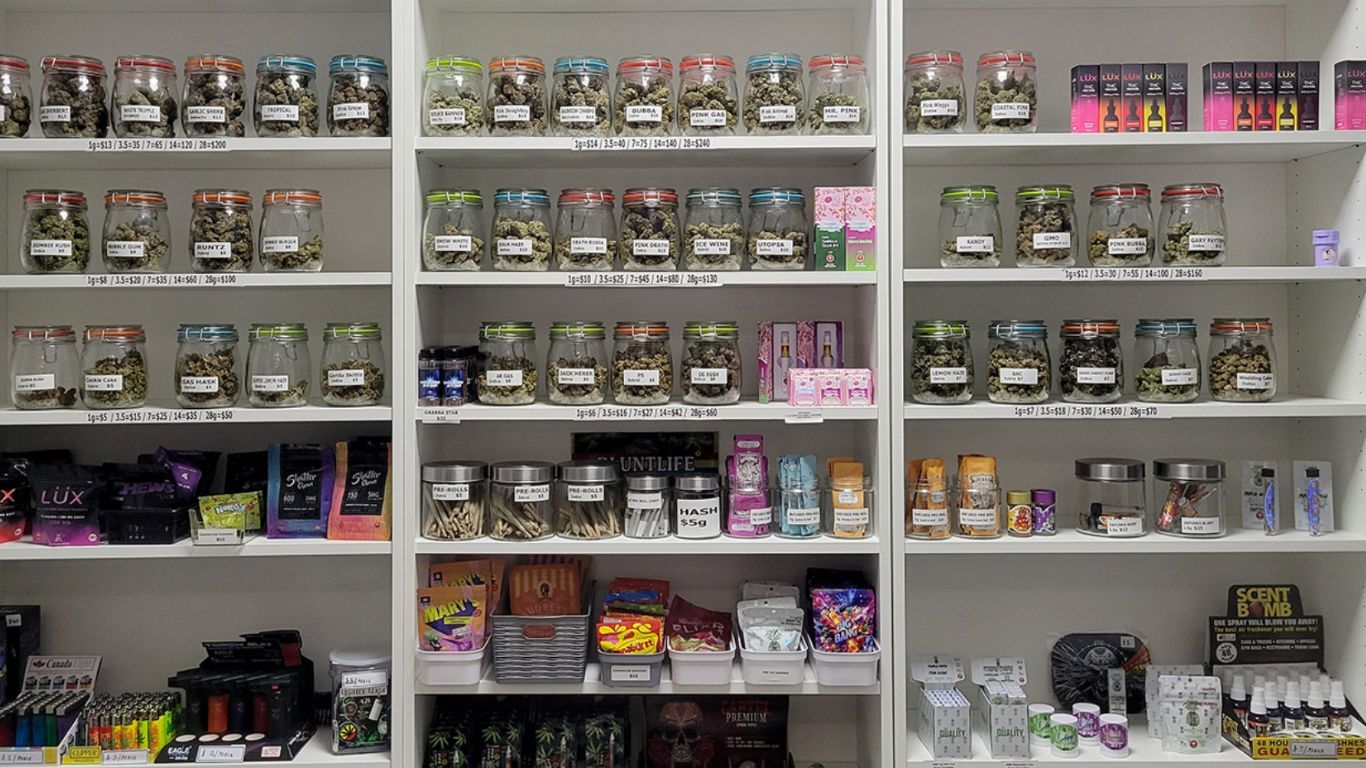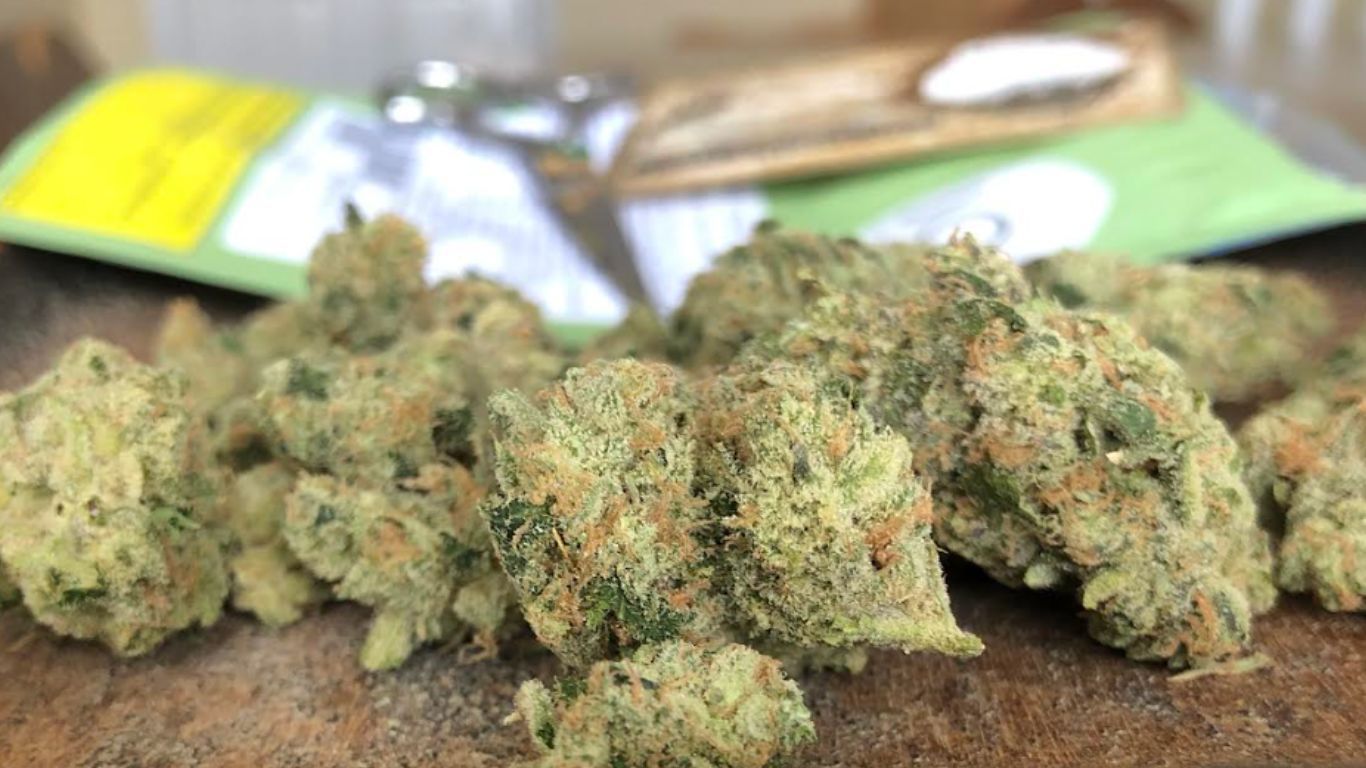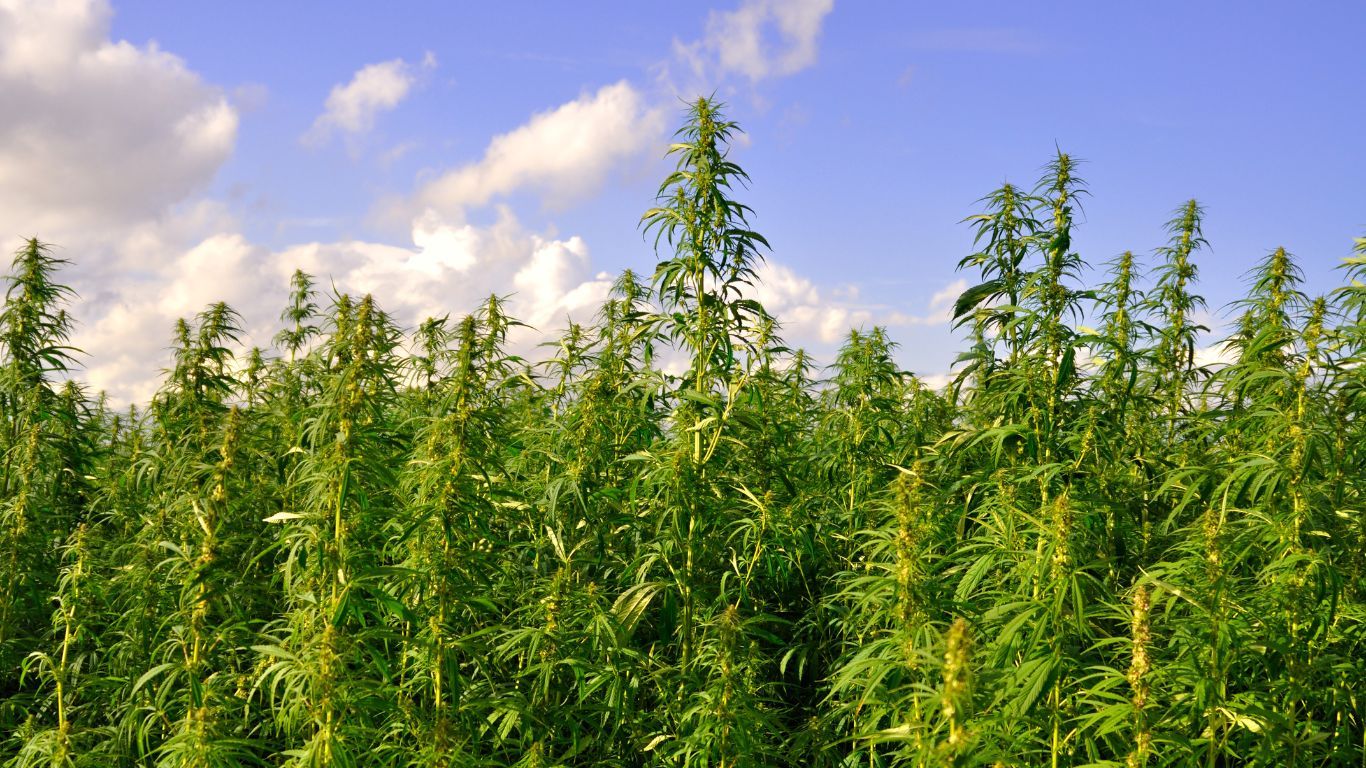
Once prophesied to disrupt numerous industries worldwide, hemp is finally getting its footing in North America.
Industrial hemp is beginning to get a foothold in North America, but the emerging industry still has a long way to go before it becomes the market disruptor some have hoped it would be.
While the industry is still far from achieving the lofty goals of the Hererian utopia many have long envisioned, those working in the space say the last few years have been transformative and point to increased opportunities in the coming years.
The hopes and dreams of cannabis legalization have long included expectations of hemp products becoming a major disruption in various industries, from textiles and papers to manufacturing and, increasingly, home construction.
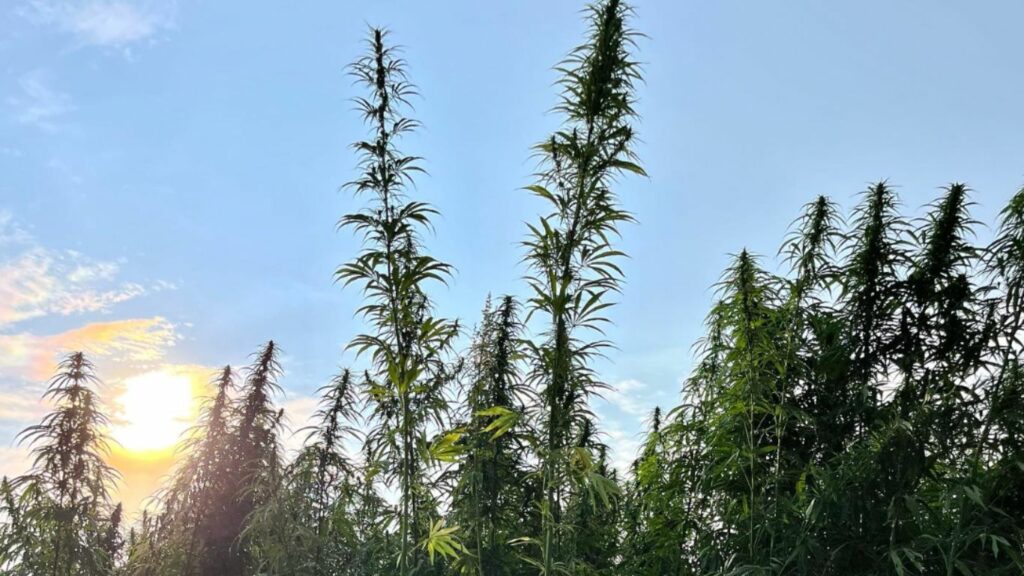
However, with hemp production legal in Canada since 1998 and in the US since 2018, the uptake has been slow, with fits and starts but no solid foothold. As of yet, there have been no significant disruptions from cars made with hemp, or hemp replacing plastics, paper, or textiles.
Instead, hemp farmers in Canada have focussed primarily on seed (or grain, as the industry refers to seed for food production). In the last few years, more farmers have also been growing hemp for fibre.
“You need to develop markets to develop volume in the field. Any crop is worthless if you can’t sell it. So market development is essential.”
Greg Herriott, Hempola
Reliable processing capacity a missing piece
One of the missing pieces that has emerged in recent years that has allowed hemp fibre to become a more viable crop is reliable processing capacity, as well as harvesting equipment and skill.
One of those processors is Canadian Rockies Hemp, located just outside Edmonton.
Without anyone to process hemp hurds for fibre, farmers who wanted to grow hemp mostly looked at growing grain, explains Aaron Barr, the CEO at Canadian Rockies Hemp. So Barr and his partners invested some $30 million in building and equipping a facility north of Edmonton to do just that.
“We started from the ground up, working with growers and producers in the area to understand what they needed to add this crop to their rotation,” explains Barr. “So now, six years later, we’re the largest hemp fibre producer in North America, and we’re turning away more farmers than we can possibly handle right now. We’ve really proven out that aspect of fibre production. Now the secondary component of that is millions and millions of dollars needed for processing capacity of that feed stock.”
So now, six years later, we’re the largest hemp fibre producer in North America, and we’re turning away more farmers than we can possibly handle right now.
Aaron Barr, Canadian Rockies Hemp
Initially, he explains, farmers growing for grain would also try to use their stalks for fibre. However the quality of the fibre from these kinds of plants was not ideal for large-scale processing.
Instead, he began working with local farmers to supply them with specific cultivars that are ideal for hemp production, growing tall, straight stalks that are harvested in mid-summer before the plants spend energy on pollen, seed, or flower production.
This kind of standardization will provide a path for industrial hemp to have a chance to be a real player in the global markets, says Barr, rather than being relegated to niche or novelty products.
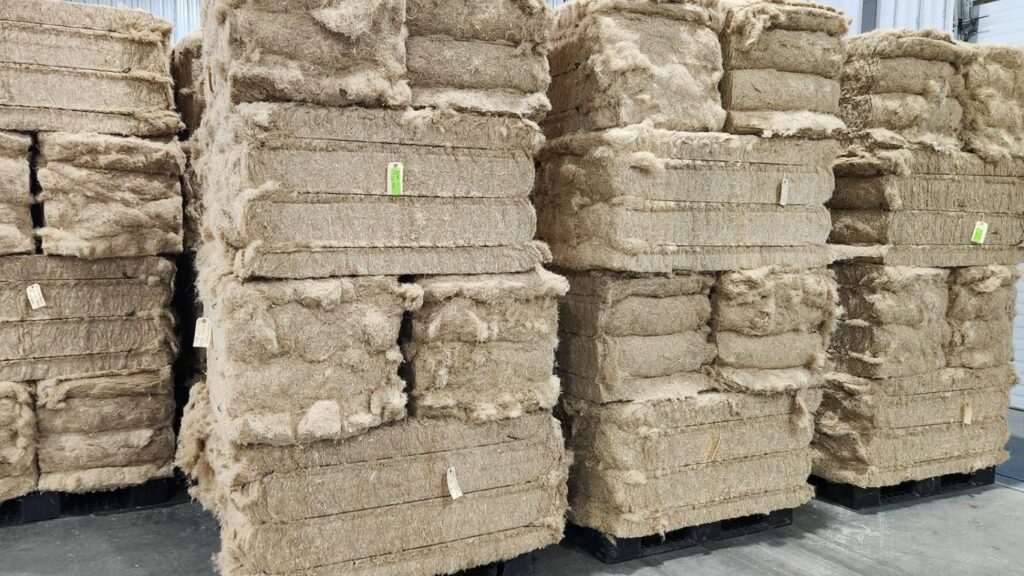
“If you want to give the manufacturer the exact same product every time, you really need to control that whole supply chain,” he continues. “The varieties, the soil type, how it’s cut, how long it’s rett*, how it’s baled. And then you have the process of decortication. The more you can control with a plant-based product, the more consistent you can get it in the manufacturer’s hands.” (*Hemp fibre needs to be separated from its woody core, either using a mechanical process (decortication) or by the process of “retting” where the plant essentially rots (rets) in the field.)
In 2023, Barr says Canadian Rockies Hemp processed just over 2 million pounds of hemp fibre, which was sold mainly to the US to companies making products like hempcrete, insulation, and animal bedding. Although this is still a drop in the bucket in terms of the needs of larger industries like auto manufacturing, it represents a big step forward from even a few years ago.
“Because of Canada’s regulatory regime, we continue to have a competitive advantage versus some of the hoops the farmers in the US have to go through to grow industrial hemp.”
Darren Bondar, Hempalta Inc.
Competing with other markets
The real opportunities will be when hemp fibre can compete with products like cotton, fibreglass, and polyester, in terms of price.
“It’s volume based. We’ve done enough market research with manufacturers to know they want significant volume. Right now we’re supplying in the tens of thousands of tons per year, which is very significant, but cotton was about 30 million tons last year just in the US. What we have is just a drop in the bucket in terms of those kinds of industry needs.”
“It’s taken quite a while to get to this point, and we’re still only at the tipping point of the industry before we’re considered a real commodity group. The hemp industry definitely moves slow, but I think the opportunity on the industrial fibre side is the biggest opportunity for this crop.”
One of those businesses buying Canadian Rockies Hemp’s processed industrial hemp is Hempitecture, located in southern Idaho in the US.
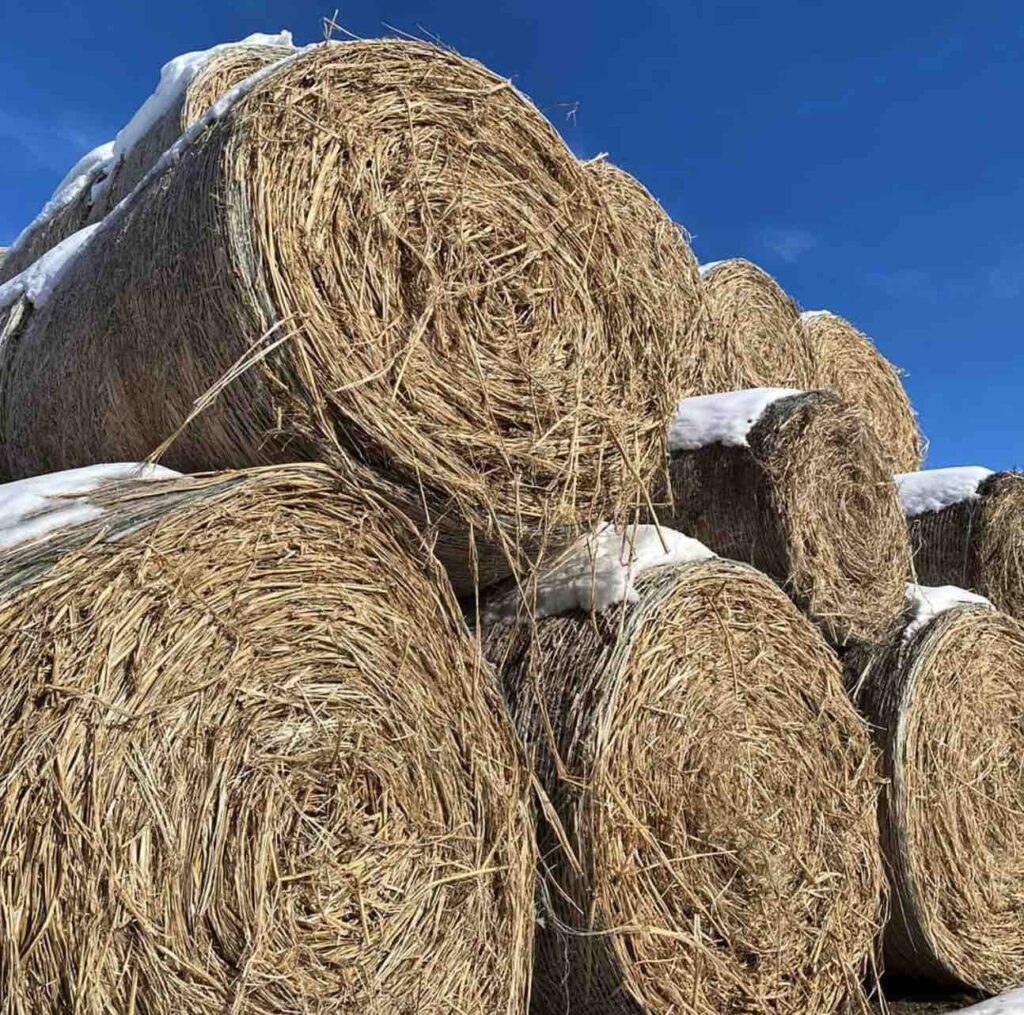
Mattie Mead, the founder and CEO of Hempitecture, says his company has been sourcing raw materials from Canadian Rockies Hemp for several years, along with a handful of other processors in the Rockies. Hempitecture manufactures different insulation materials, as well as hempcrete, for the construction industry.
Mead says he started Hempitecture in 2018 to produce and manufacture materials primarily for the home construction market, using hemp fibre as the primary ingredient for things like insulation. One of the challenges he quickly ran into, he explains, is that while the US was growing a lot of hemp, much of it was for grain or flower for CBD products.
With Canada first creating rules for industrial hemp production in 1998, Mead says it was an obvious choice to find good, viable fibre.
The company wanted to focus on hempcrete, an alternative to more conventional concrete that used a mixture of hemp hurds in the material, but found scaling the product difficult. This led Hempitecture to also create an array of hemp-based insulation products for the construction industry, often with Canadian-sourced hemp, something they have been able to scale up.
“We were sourcing materials from Canada for some of our earliest projects. Many of our first projects used hemp hurd that was sourced from Canada. We’ve always looked at Canada as an avenue to supply. But obviously, as a US business, we also want to support the supply chain here in the United States.”
One of the current challenges in sourcing US-grown hemp fibre was the same lack of processing infrastructure that Barr referred to.
The rush towards CBD
While the belief in high prices for CBD flower was a contributing factor, Mead also points to the same lack of processing facilities for industrial hemp fibre that Barr referred to, saying it was an “easy gateway” into what people thought was going to be a promising market.
“When industrial hemp was legalized in the United States, there was a huge rush towards CBD hemp,” Mead explains. “The reason it was quicker to take that route was because there’s less infrastructure required for the CBD. So companies could set up with limited capital.”
Instead, that excitement led to oversupply in the CBD market, leading prices to drop and some farmers unable to do anything with large volumes of harvested crops or even plants still sitting in fields.
“For Canadian farmers to supply those ingredients to suppliers that want to include plant-based proteins for their formulations, we can’t even get in the door at 4x the price. We can’t even tout the benefits of the high omegas or the high protein in hemp if you’re four times the price.”
Jeff Kostuik, Verve Seeds
A regulatory change currently making its way through the US Congress could make industrial hemp more viable for American farmers, explains Marne Coit, a cannabis and hemp law and policy expert with Coit Consulting LLC in North Carolina.
The US passed its Agricultural Act in 2014, also known as the Farm Bill, which allowed for hemp production for research purposes. In 2018, the Farm Bill was expanded to allow commercial hemp farming in the US.
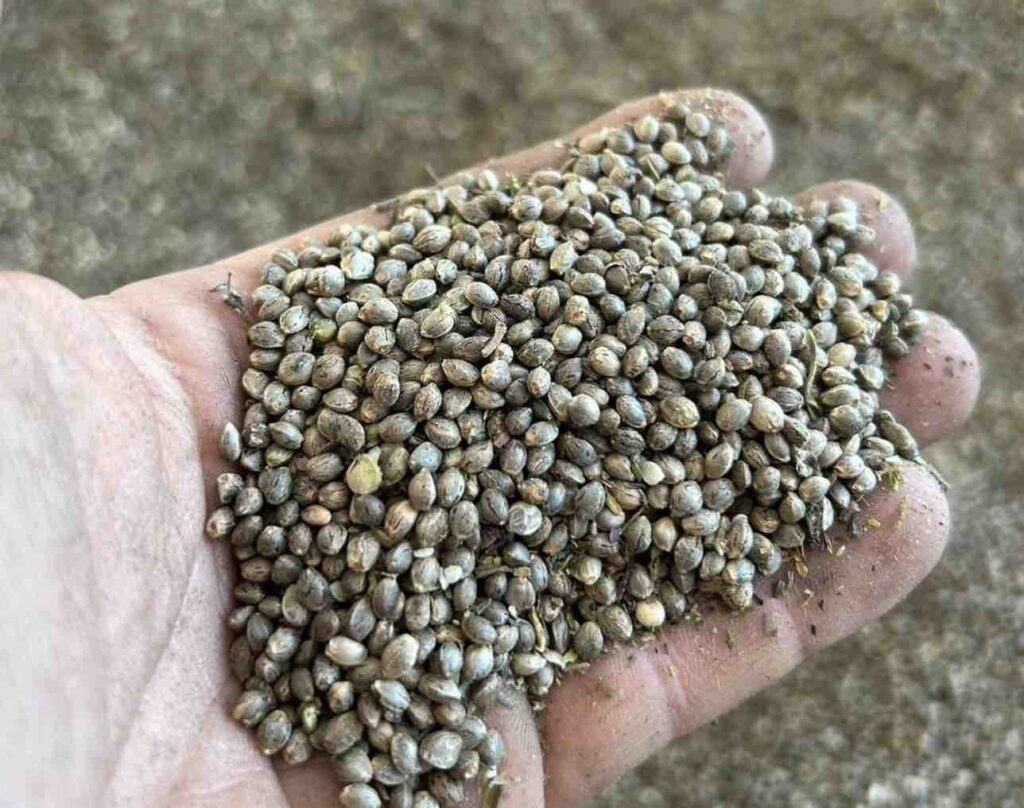
“When the US Farm Bill passed at the end of 2018,” she explains, “it led to this boom in CBD production during the 2019 growing season, but then quickly led to market saturation by the fall of 2019.” But this shift, along with some possible upcoming legal changes, could set the stage for US farmers to begin looking at hemp fibre as a viable crop.
“After the CBD market crashed in the fall of 2019, I think more people have turned towards industrial hemp or turned back to industrial hemp. I think there are more farmers who are coming online to grow.”
It all starts with farmers
Marne is working with Agricultural Hemp Solutions and other groups to get the Industrial Hemp Act (IHA) passed by the US Congress as part of the US Farm Bill. The IHA would lower the regulatory requirements for farmers growing hemp for grain and fibre, such as certain background checks and fingerprinting requirements and removing currently-required THC compliance tests for hemp crops.
Similar to the chicken-and-egg question of needing processing capacity to convince farmers even to plant these crops, if farmers find the bureaucracy of growing hemp too limiting, there won’t be enough farmers to justify investment in processing.
“The goal of the bill is to make it easier in terms of what is happening from the farmers’ perspective because if it’s not easy for them, then the rest of the supply chain doesn’t matter. It starts with the farmers.”
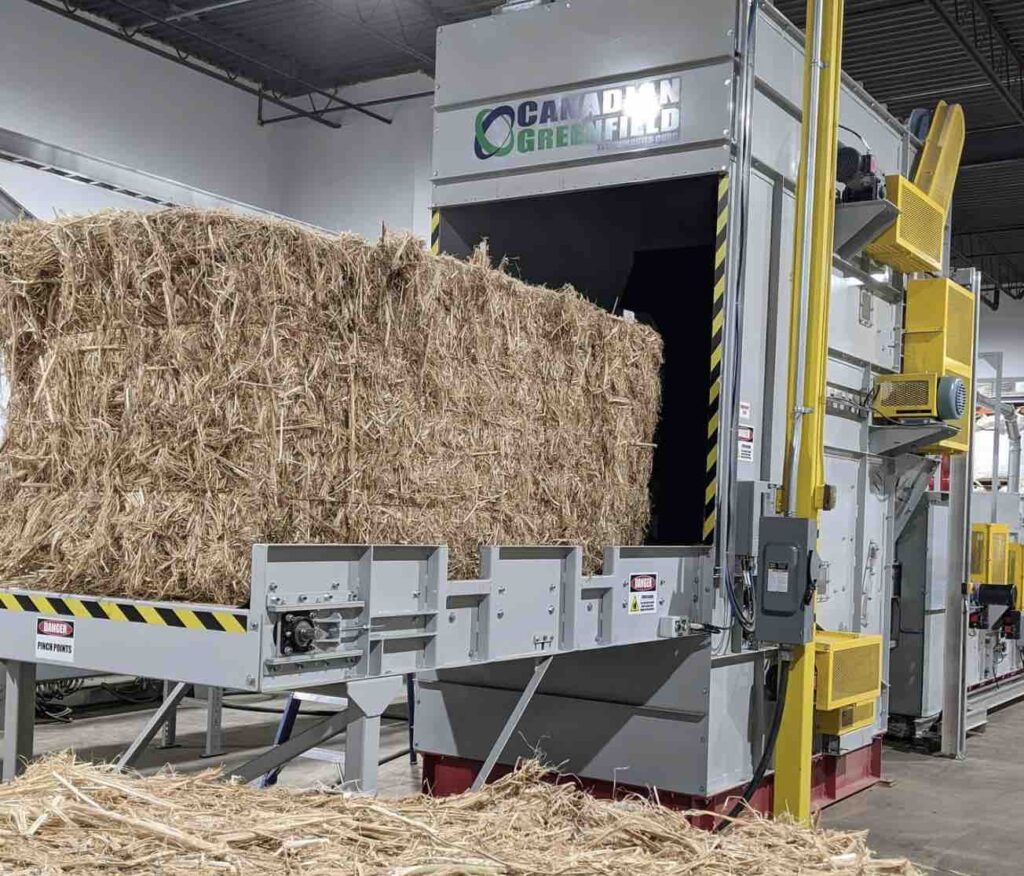
Canada is the epicentre of the North American hemp industry
Working to help farmers utilize hemp crops is a goal of Darren Bondar, the President and CEO of Calgary’s Hempalta Inc.
Hempalta is another fibre processor, like Canadian Rockies Hemp, working with farmers primarily in southern Alberta and Saskatchewan to increase the economic viability of hemp crops. The maturity and sophistication of Canada’s legal framework continues to give it a leg up on the US, says Bondar.
“Because of Canada’s regulatory regime, which is quite reasonable in Canada compared to the US, we continue to have a competitive advantage versus some of the hoops the farmers in the US have to go through to grow industrial hemp,” he notes.
Like Canadian Rockies Hemp, Hempalta sells hemp for construction materials like hempcrete and insulation. It also provides materials for animal bedding made from hemp, a pet litter, a garden mulch, and more. The company also supplied materials for hemp bedding in the giraffe enclosure at the Calgary Zoo.
Hempalta also provides farmers with a way to get paid for the carbon sequestration of their hemp crops—both from carbon sequestered in the roots and soil, and that which is within the hemp hurd itself—another way to make hemp crops more viable for Canadian farmers. By working with a third party, the Hemp Carbon Standard, they can be traded on the voluntary global carbon market.
While cannabis grain for food seed and oils is well established in Canada, Bondar says adding the opportunities of hemp fibre and carbon credits is helping cement Canada as a major hemp-producing country.
“Alberta and Saskatchewan are a hotbed in North America for industrial hemp. The hemp seed market has been well established,” he argues. “And now that they have a market for their fibre and can monetize their carbon credits, this is arguably one of the most lucrative crops that can be grown. We think more and more farmers are going to come on board.”
“I think industrial hemp is about to have its renaissance.”
“There’s been a lot of work done in Canada, a lot of science and research, but we definitely need more seasoned entrepreneurs to jump in so I hope Hempalta is playing a role in that.”
“Alberta and Saskatchewan are a hotbed in North America for industrial hemp.”
Darren Bondar, the President and CEO of Calgary’s Hempalta Inc.
Hemp foods
Greg Herriott has been growing hemp longer than just about anyone in Canada. In 1995, Herriott founded Hempola, Canada’s first hemp brand, providing cold-pressed hemp seed oil for the domestic and global market. He’s seen a lot of highs and lows in the industry, with bursts of excitement and market interest followed by downturns and even market saturation.
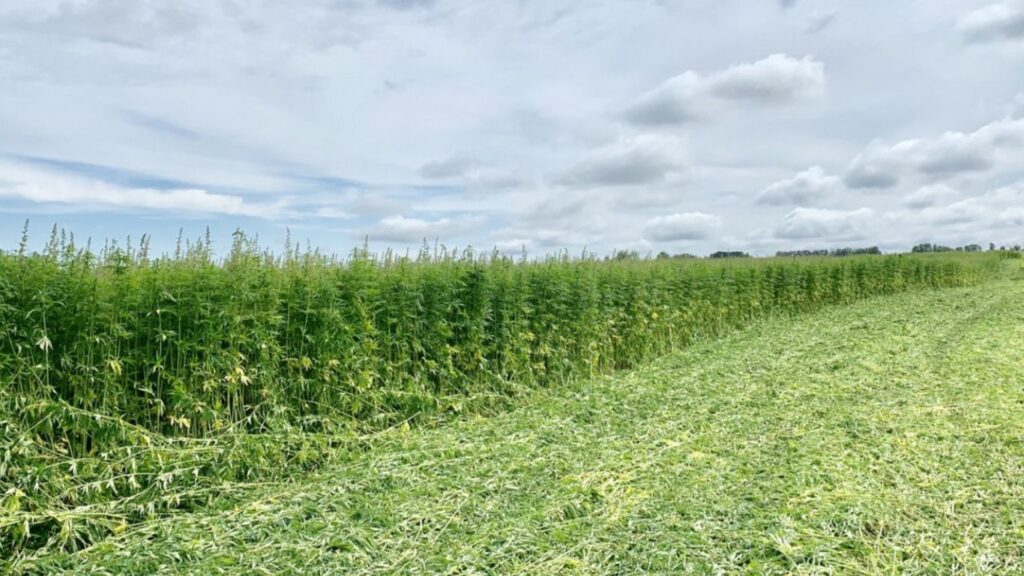
Herriott was even involved in the federal government’s industry stakeholder discussions as Health Canada was developing the Industrial Hemp Regulations in 1998, which helped pave a path for many of the opportunities farmers and processors are just now beginning to harness fully, nearly three decades later. He also powers his operations using his own hemp-based biofuels.
Despite all of this, or perhaps because of it, Herriott remains cautiously optimistic about the future of the industry, with an emphasis on the cautious part. One challenge, he says, is educating consumers, as well as the companies who could buy hemp products as an ingredient for their products.
Hemp is now somewhat suffering from the success of cannabis in general, with many people still not understanding that hemp foods do not contain THC, for example.
“Education is paramount. When it comes to selling the health and well-being attributes of hemp food products, consumers today are more confused now than when we started in 1995. Unfortunately, legalization has created a perception challenge for us. I don’t think the hemp food market is growing. It’s static, stagnant.”
One challenge is still regulations. Herriott hopes that moving hemp out of the purview of Health Canada and into Agriculture Canada can unlock more opportunities for the crop and its many agricultural potentials, not just for consumer products but as an array of products for farms like feed for animals. He would also like to see the federal government invest more in educating the market about the value of hemp crops.
“There’s a good solid base of products, but really, it’s an awareness thing, and the awareness thing has to stem from education. And the issue of education is confusion.”
That lack of education means only a small percentage of households even buy hemp food products like oils or seeds. But to Herriott, that’s just an opportunity.
“From one perspective, that’s not a lot of consumers, but from another perspective, that means there’s still a huge, untapped market out there for the hemp food market. It’s a chicken and egg. You need to develop markets to develop volume in the field. Any crop is worthless if you can’t sell it. So market development is essential, and that was our objective from day one in 1995 when we launched Hempola.”
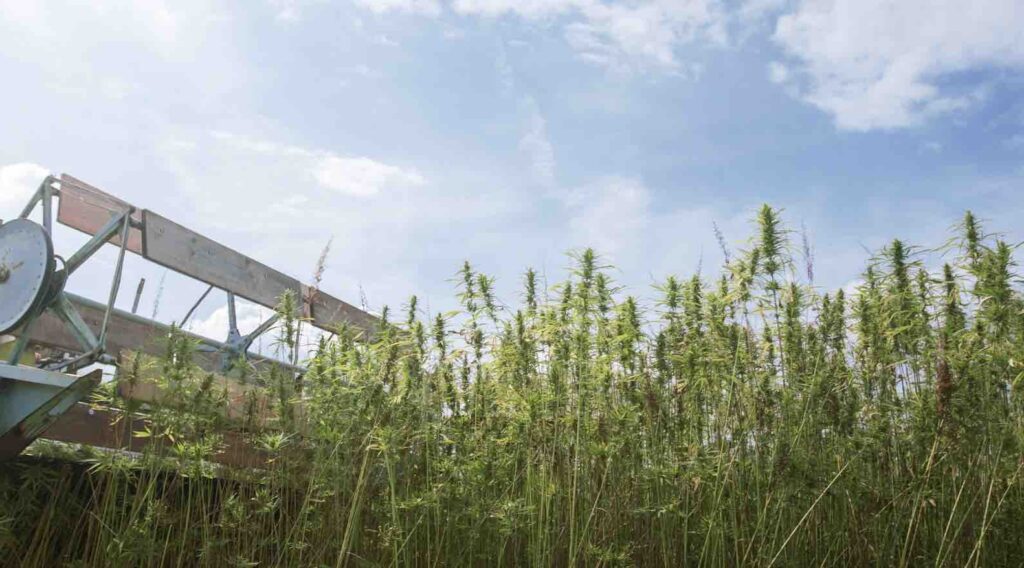
Integrating hemp into the rotation
Jeff Kostuik is the general manager at Verve Seeds in Manitoba, a hemp seed breeder and supplier. One of the biggest challenges he sees the hemp industry in Canada currently facing is the ability to properly scale up to meet the demands of other sectors, as well as consumers.
Like Herriott, he notes the low household adoption of hemp food products, which he says is not just education but also price point. He points out that the same issue is just as true in the hemp fibre space.
If hemp farmers growing for grain can increase their yield through better genetics, supplied by companies like Verve, it could bring costs down enough to make hemp more competitive with other foods and materials.
“When it comes down to it, hemp is just another commodity that has to compete with other ag commodities,” says Kostuik. “And that’s for food or for insulation or hempcrete. We all know the benefits for the environment and everything else, but it has to be close enough in cost for those companies to switch over. Whether it’s for food products or fibre, the cost of goods still has to make sense.”
Many food processors, he explains, are looking for plant-based proteins as an ingredient in their products, something hemp would be perfect for if it was more affordable.
“For Canadian farmers to supply those ingredients to suppliers that want to include plant-based proteins for their formulations, we can’t even get in the door at 4x the price. We can’t even tout the benefits of the high omegas or the high protein in hemp if you’re four times the price.”
The cost per acre to harvest hemp is now relatively the same as growing canola, points out Kostuik, making hemp much more attractive for farmers in the prairies, bringing in from about $500-$800 per acre, depending on several factors.
“Education is paramount. When it comes to selling the health and well-being attributes of hemp food products, consumers today are more confused now than when we started in 1995.”
Greg Herriott, Hempola
He hopes that more farmers will adopt it as a part of their rotation with other crops like canola and wheat or beans, not only as an extra cash crop but also as a way to add to their crop diversity.
“The rotational benefits of introducing another crop are often overlooked. Mother nature doesn’t like us growing just one crop every year. Diversity is key, and with hemp introduced into a new system, you definitely see an advantage in yield for other crops over time because you’re breaking up disease cycles, insects, pests, etc.”










